Girls’ education: Reaching the most marginalised girls
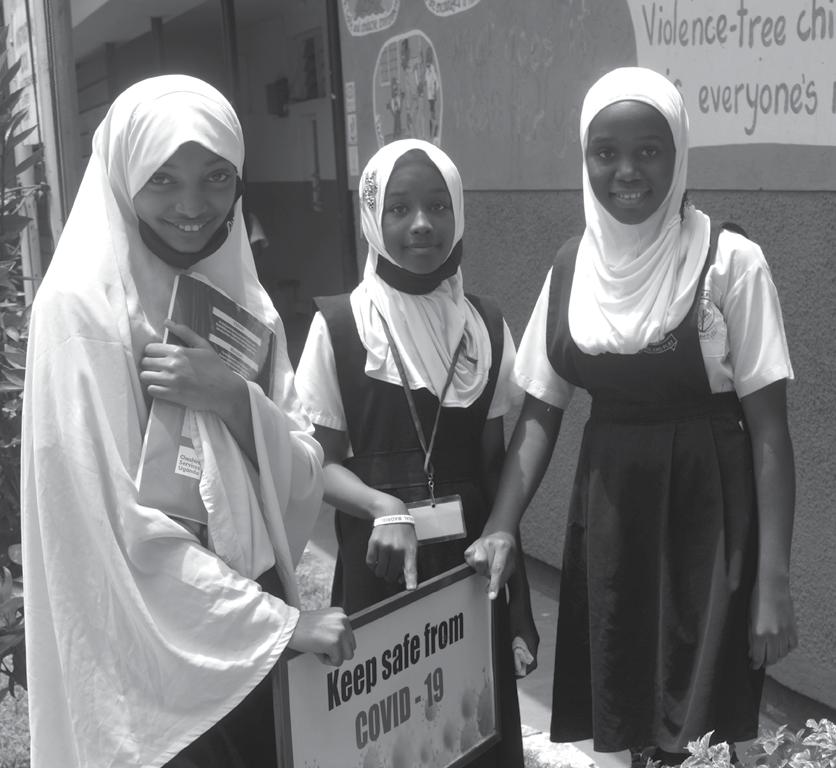
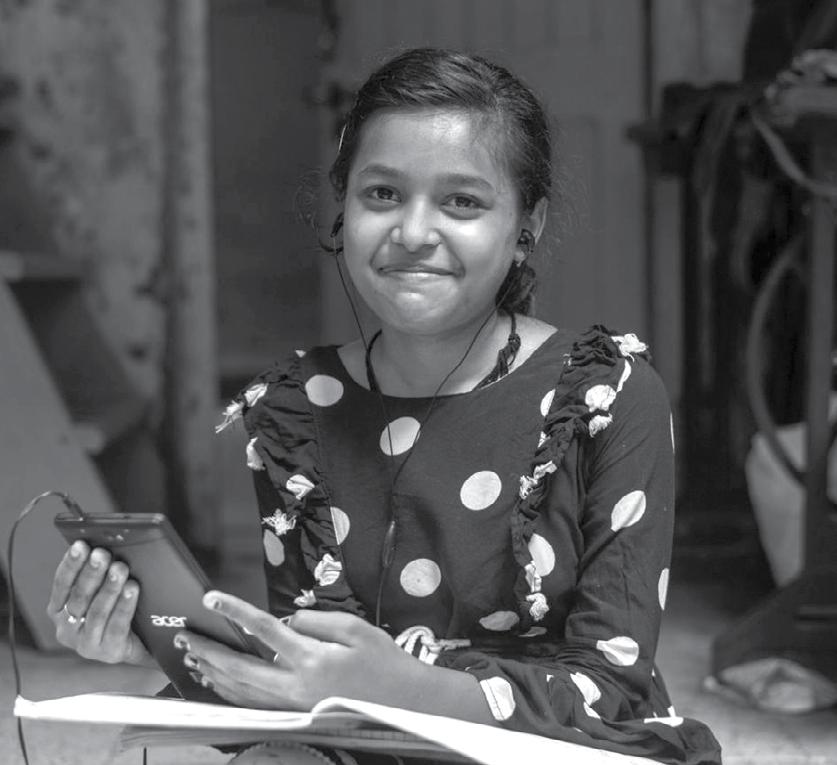
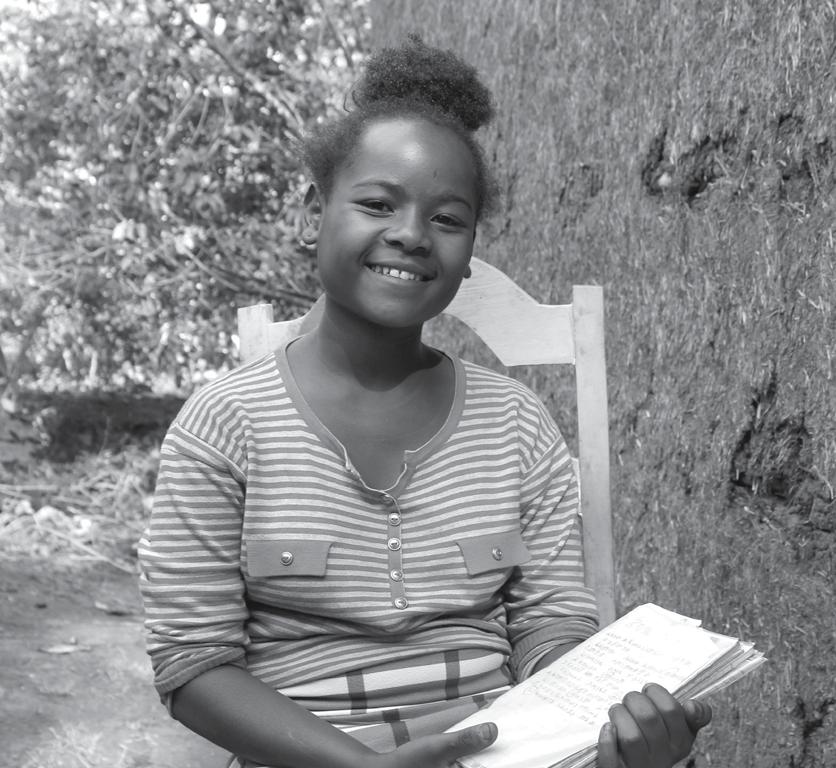
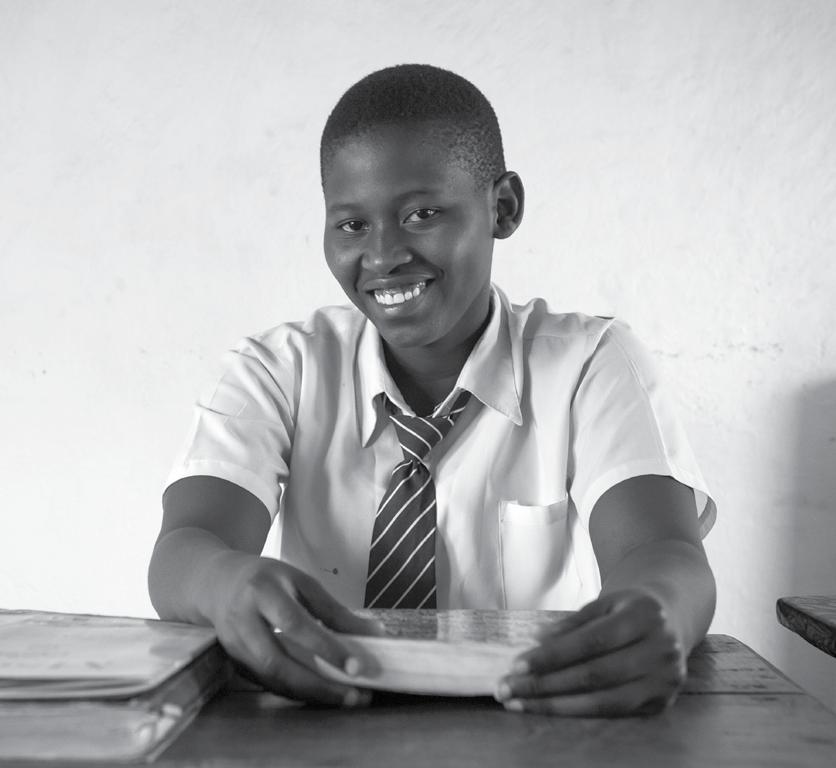
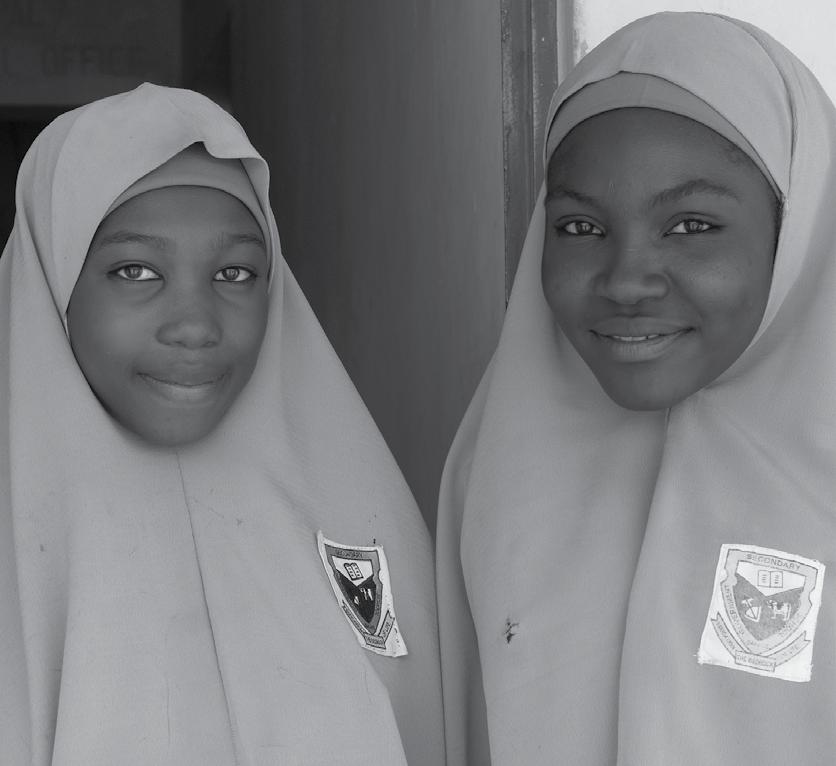
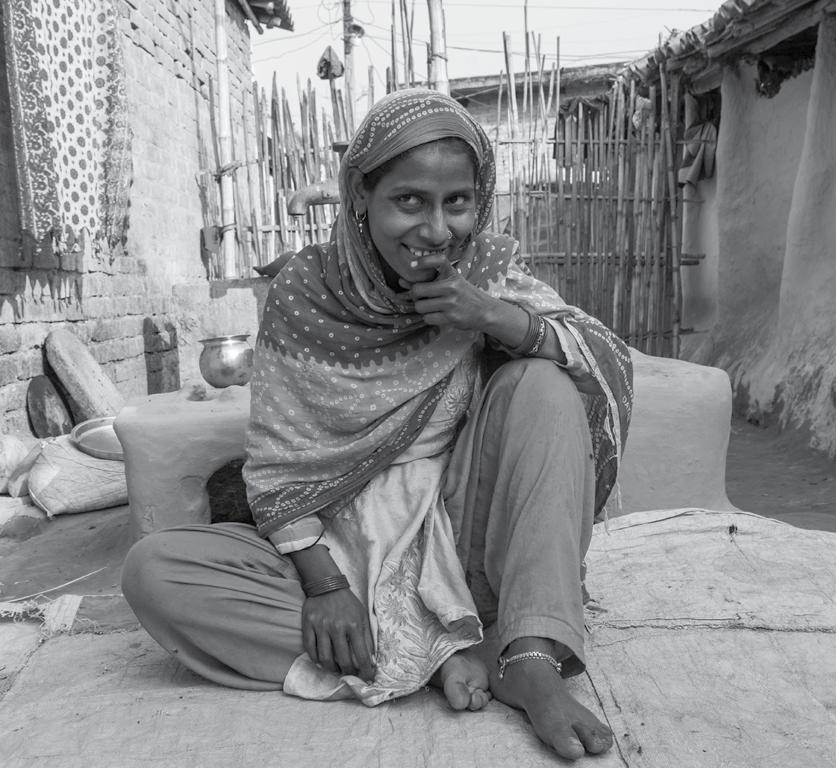
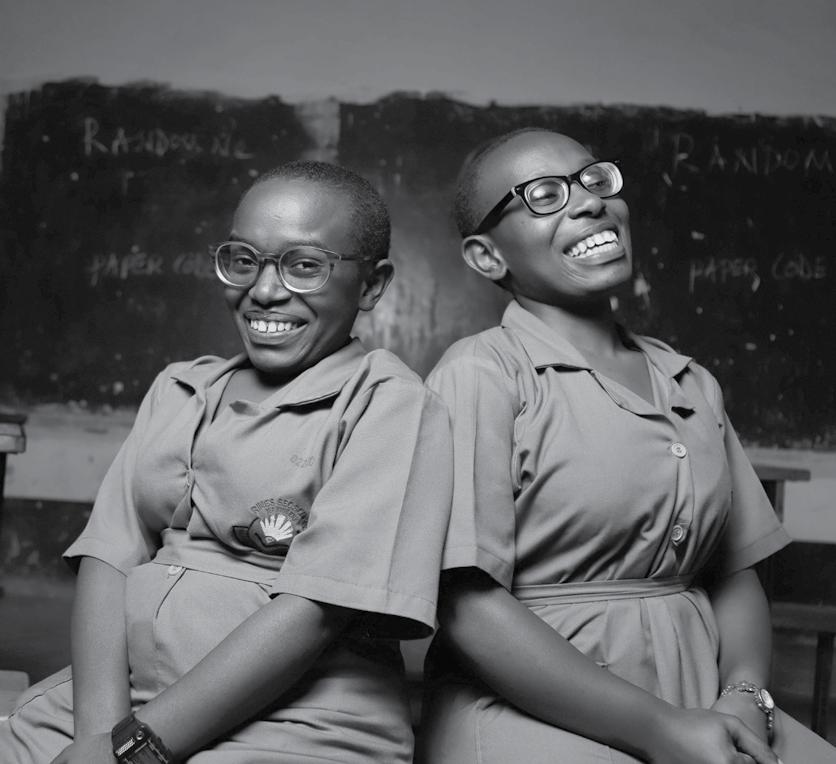
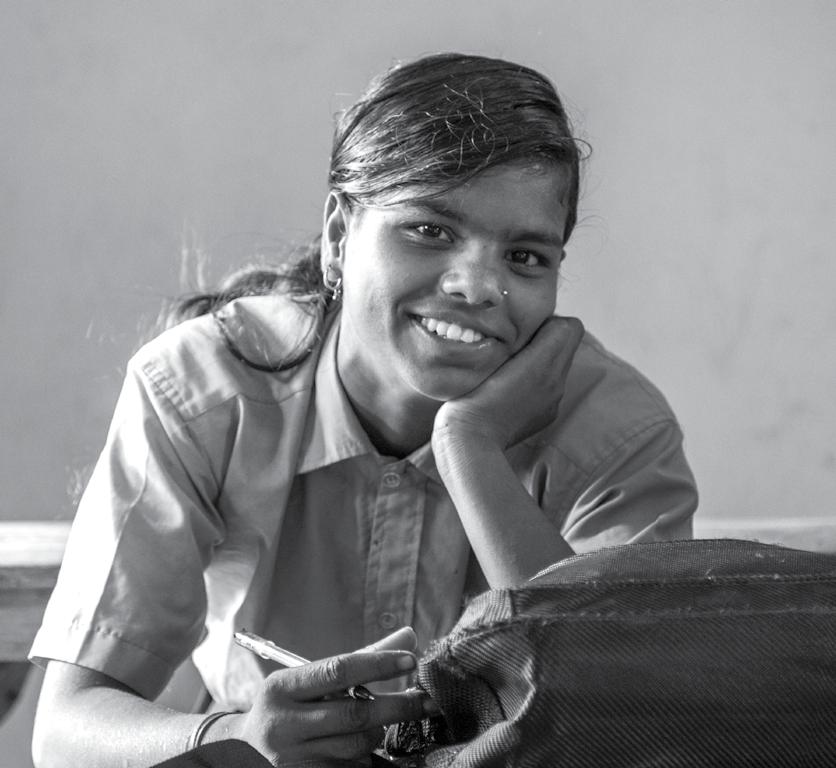
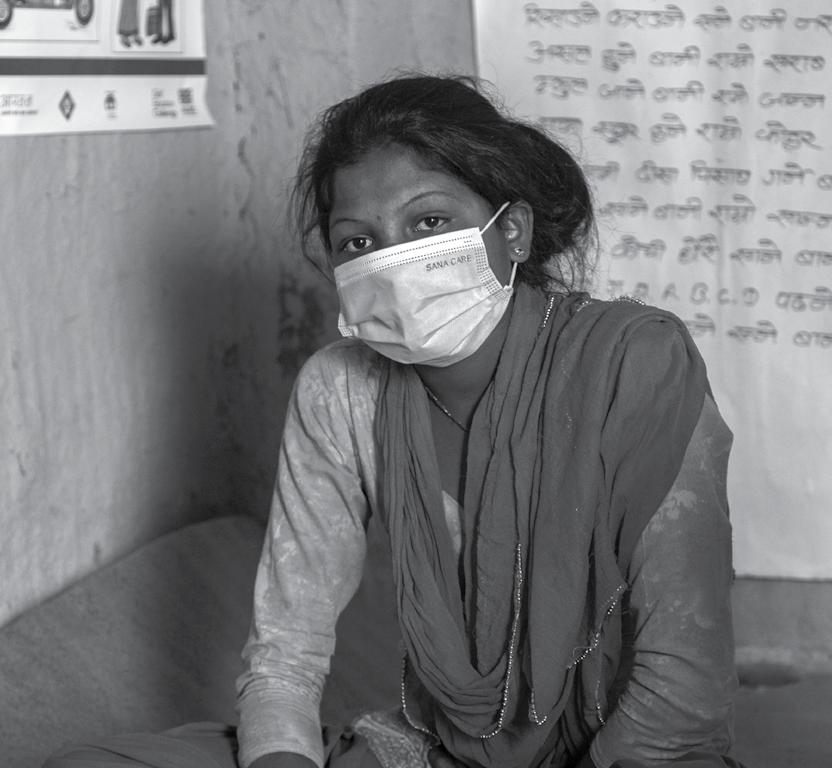










Many groups of children experience significant constraints on their abilities to go to school and learn.
These include children with disabilities, children from ethnic minorities, children displaced by emergency or conflict, as well as children living in extreme rural or impoverished conditions. And whilst both boys and girls make up these excluded groups, the constraints that are experienced – be it due to extreme poverty, displacement or disability – are compounded and multiplied when they are experienced by girls.
For example, both boys’ and girls’ education suffers if they are expected to work and bring income to the family, but girls will have the added constraints of extra domestic duties, vulnerability to sexual violence, menstruation and in some contexts, expectations of early marriage. These constraints have been exacerbated further by the COVID-19 pandemic.
These are the reasons why there needs to be a definitive focus on girls’ education. This does not mean we are overlooking or dismissing the significant constraints and exclusion that boys also face. But any constraints experienced by boys, be it due to poverty, conflict, school closures or lockdowns, are multiplied when they are experienced by girls, often due to the unequal gender norms and power dynamics that operate to different degrees, in every corner of the globe. With a concerted focus on addressing the constraints that girls experience, we can then start to have a more equal society with equal opportunities to contribute to it.
And this is where the Girls’ Education Challenge comes in.
“…both boys’ and girls’ education suffers if they are expected to work and bring income to the family, but girls will have the added constraint s of extra domestic duties, vulnerability to sexual violence, menstruation and in some contexts, expectations of early marriage.”
Sharon Tao Education Director, Girls’ Education Challenge
The Girls’ Education Challenge (GEC) aims to improve the educational opportunities for up to 1.5 million marginalised girls. It is the largest global fund for girls’ education, working in 17 countries across Africa and Asia, including fragile and conflict-affected states.

The GEC includes 41 projects, delivered by implementing partners including INGOs, technology-focused companies and grassroots organisations. GEC projects work closely with schools, teachers, parents, communities and governments to address the constraints on girls’ education, whether at national level, in schools and communities, or in the home. Through this approach, including formal and non-formal education, highly marginalised girls are able to improve their learning, wellbeing and quality of life, and eventually transition into safe, fairly paid work.
The GEC’s tapestry of multiple contexts, approaches and implementing organisations, coupled with its commitment to evaluation and evidence, has created a rich seam of knowledge and insight into what works and what does not work. This information has helped to inform programming for UK Aid, other development agencies and the wider sector.
41 projects
30 implementing partners
Up to 1.5m girls reached
17 countries
£855m investment by UK government
Before the pandemic, more than 250 million children were not in school. COVID-19 has exacerbated this. At its peak, as many as 1.6 billion learners were out of school and the most disadvantaged are at high risk of dropping out permanently. Without action, as many as 11 million girls and 13 million boys may not return to school at all. COVID-19 school disruptions may have caused learning losses equal to the gains of the last two decades.
How can we make sure that girls can access quality education in a post-pandemic world? And what can we take from the experience of the last 18 months to do this quickly, effectively and fairly?
To address the significant constraints that children face with regard to their capabilities to learn, exacerbated by COVID-19, we have act to ensure that we build back smarter, stronger and fairer. This includes include children with disabilities, children from ethnic minorities, children displaced by emergency or conflict, as well as children living in extreme rural or impoverished conditions. We need to ensure that the structures that are put in place respond effectively to future events and that we keep learning, health and wellbeing at the forefront of our minds.

For our part, the GEC is committed to the following:
1 2 3
Building back smarter – consolidating vast evidence and learning. We had 41 projects across 17 countries rapidly respond to national school closures and lockdowns. By drawing out the best practices from our portfolio, we will have a substantial menu of options that ministries, donors and the education community can use when planning for a future that will likely entail multiple school openings and closures.
Building back stronger – building resilience into education systems. We will use our evidence to propose new ways to build resilience to future waves of COVID-19, natural disasters or other emergencies. For example, GEC projects rapidly mobilised community structures to provide safety-nets when formal school systems shut down. We will support ministries to create these strategic partnerships with communities to prepare for future shocks.
Building back fairer – reaching the most marginalised girls. Prior to COVID-19, the GEC focused on girls who were out of school and the most at risk of dropping out. At the height of the pandemic, essentially all children were ‘out of school’, which is why GEC projects adapted so readily. We are the practice leaders for reaching out-of-school girls and as such, will significantly contribute to the SDG4 and G7 target to get 40 million girls into school.
National school closures and lockdowns created a massive disruption to project activities in all 17 countries where the GEC operates. Previous crises suggested that the lockdown restrictions would impact the poorest families most severely, leading to heightened vulnerability to sexual exploitation, early marriage and domestic violence for girls.
The GEC’s first response was to take stock of the new circumstances and focus energies on maintaining contact with girls to monitor their wellbeing and safety, and provide information about COVID-19. Projects aligned their activities with national COVID-19 response strategies and used their community-based networks to reach and support at least two thirds of girls.
GEC projects then carried out rapid assessments to understand the effects of the pandemic and make adaptations to their activities. Findings showed that the impacts of COVID-19 on girls varied from country to country, as well as from rural to urban contexts. However, it was immediately clear that across all contexts COVID-19 was exacerbating and creating new constraints on the educational opportunities and life chances of girls.
School closures and lockdowns increased girls’ domestic chore burden. Girls who did not have access to mobile phones, radios or electricity were disadvantaged, as access to these items was necessary to participate in most distance learning activities. Highly marginalised groups such as girls with disabilities, also faced increased stigma, discrimination and safeguarding risks.
Projects adapted their activities to tackle these exacerbated constraints. Many GEC projects deployed multiple types of learning activities to support the most marginalised. These included the production and distribution of printed worksheets and learning materials, creating audio learning activities accessed via distributed speakers or radios, and the formation of community-based learning groups when restrictions eased, to provide further support and follow up.
“School closures and lockdowns increased girls’ domestic chore burden.”
GEC projects reported increases in sexual violence and domestic violence, as well as increases in early marriage and pregnancy. There were also impacts on girls’ mental health, with increased levels of anxiety and unfortunately, cases of attempted suicide. Many projects provided psychological first aid training for teachers and mentors. They also used the community-based learning groups to do weekly wellbeing checks and continue life skills training for girls. Many projects also engaged parents and communities about gender-based violence, early marriage and pregnancy.
GEC projects were also estimating and reporting a degree of dropout due to early marriages, fear of COVID-19, economic migration or exacerbated poverty, which left families unable to afford school items, such as uniforms and stationery. To tackle this, projects have successfully trained teachers on dropout prevention, engaged with parents to assuage fears of COVID-19 transmission, provided remedial and catch-up classes and support for school-going costs. Unfortunately, some countries have re-closed schools as a result of further waves of COVID-19, so many of these activities have continued to ensure that girls return to school. Emerging findings from South Asia, Central Africa, Southern Africa, West and East Africa can be accessed here
Community-based groups were integral to the successful delivery of activities during school closures and lockdowns. Many GEC projects were already partnering with community-based structures such as school management committees, parent support groups and community protection committees. Faced with school closures, they were able to draw on these partners to deliver communitybased learning groups, monitor and support girls’ wellbeing, and preserve and strengthen safeguarding and child protection pathways. COVID-19 has shown how community structures and members have stepped in to supplement, or many cases replace, the national education provision, particularly for the most marginalised. As we seek to build back better, learning from the GEC calls for a new strategic approach to building communitybased structures into the education system. Key findings from GEC projects on how to utilise community-based structures can be found here
Taken together, our aims to provide best practice, build resilience into education systems and support to outof-school school girls are how we will help governments to not only build back better, but build back smarter, stronger and fairer for the world’s most marginalised girls.
Contact: www.girlseducationchallenge.org | learningteam@girlseducationchallenge.org
The Girls’ Education Challenge is a project funded by the UK’s Foreign, Commonwealth and Development Office (“FCDO”), formerly the Department for International Development (“DFID”), and is led and administered by PricewaterhouseCoopers LLP and Mott MacDonald (trading as Cambridge Education), working with organisations including Nathan Associates London Ltd. and Social Development Direct Ltd. This publication has been prepared for general guidance on matters of interest only and does not constitute professional advice. You should not act upon the information contained in this publication without obtaining specific professional advice. No representation or warranty (express or implied) is given as to the accuracy or completeness of the information contained in this publication, and, to the extent permitted by law, PricewaterhouseCoopers LLP and the other entities managing the Girls’ Education Challenge (as listed above) do not accept or assume any liability, responsibility or duty of care for any consequences of you or anyone else acting, or refraining to act, in reliance on the information contained in this publication or for any decision based on it.
“Community-based groups were integral to the successful delivery of activities during school closures and lockdowns.”